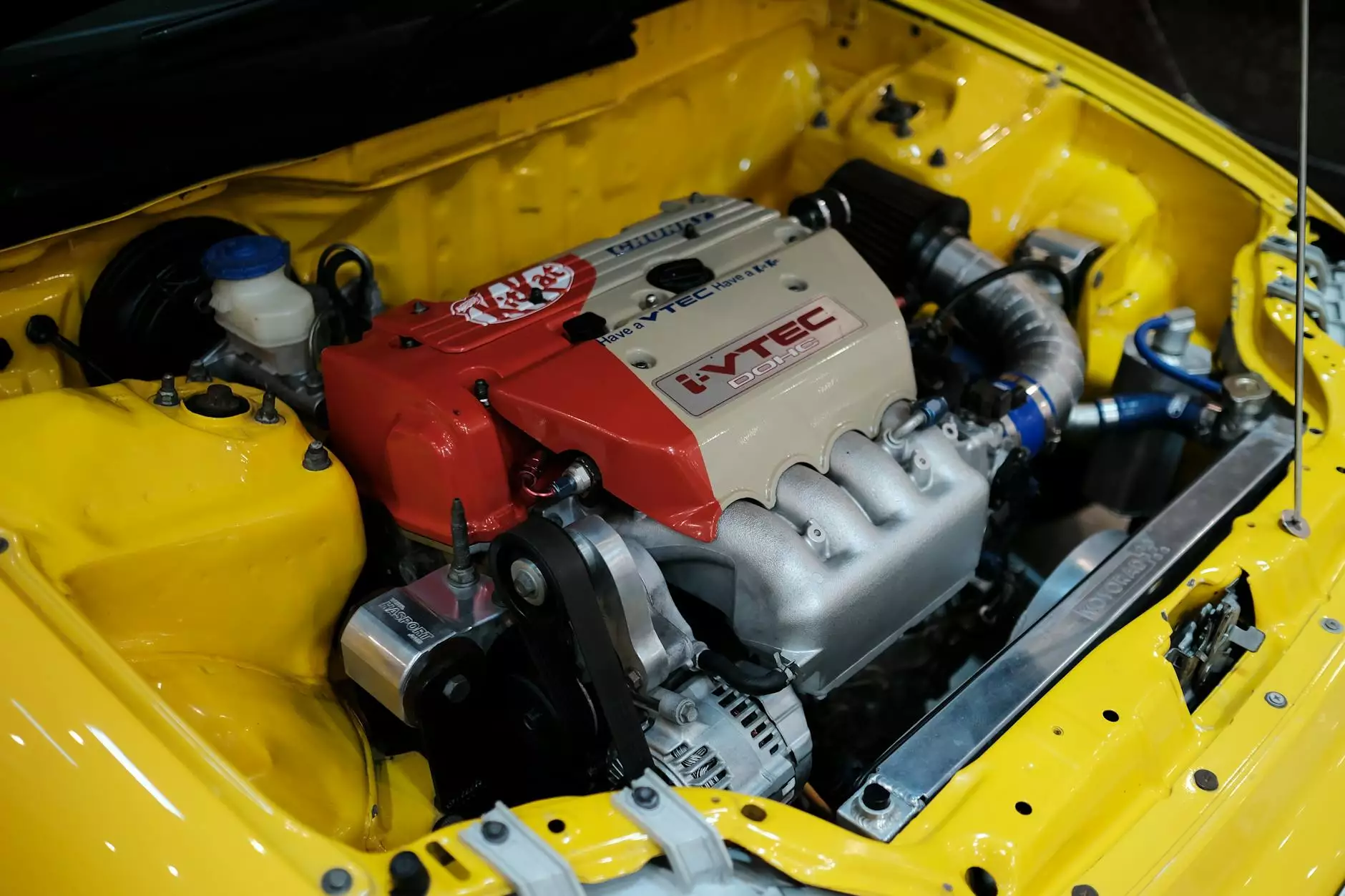The Comprehensive Guide to the Parts of a Crankshaft

The crankshaft is a crucial component in any internal combustion engine, particularly in diesel engines. It plays an essential role in converting the linear motion of the pistons into rotational motion, powering the vehicle forward. Understanding the parts of a crankshaft is vital for both engine performance and maintenance. This article provides an in-depth look at the various components, their functions, and the significance of each part.
What is a Crankshaft?
The crankshaft is a long, cylindrical piece typically made from high-strength steel or iron, designed to withstand the extreme pressures and torques generated during the power stroke of an engine. It is connected to the pistons through connecting rods, allowing it to transform the reciprocating motion of the pistons into rotary motion.
Components of a Crankshaft
Understanding the individual parts of a crankshaft can help simplify this complex component. Below is a detailed examination of its primary components:
1. Crank Pins
The crank pins are the precision machined sections of the crankshaft that connect to the connecting rods. As the crankshaft rotates, these pins allow the movement of the connecting rods, which is essential for the pistons to operate effectively. They are designed to endure high levels of stress and wear, often made from hardened steel to ensure longevity.
2. Main Journals
Main journals are the portions of the crankshaft that rotate within the engine block's bearings. They support the entire crankshaft assembly and must be perfectly aligned to minimize friction and wear. The quality and precision of the main journals directly affect engine performance and efficiency.
3. Counterweights
Counterweights are strategically placed on the crankshaft to balance the rotational forces generated during operation. They help to reduce vibrations and improve engine stability, making them essential for smooth running. The design and weight of counterweights vary depending on engine specifications and desired performance characteristics.
4. Crankshaft Webbing
The webbing refers to the parts of the crankshaft that connect the main journals and crank pins. This section is critical for strength and durability, as it bears significant loads during engine operation. Properly designed webbing minimizes flex and enhances the crankshaft's ability to transfer power efficiently.
5. Timing Gear
The timing gear is attached to one end of the crankshaft and connects to the camshaft via a belt or chain. It ensures that the opening and closing of the engine's valves are synchronized with the movement of the pistons. Proper functioning of the timing gear is essential for optimal engine timing and performance.
Functions of the Crankshaft
The crankshaft's primary function is to convert the linear motion of engine pistons into rotary motion. However, its job encompasses several critical tasks:
- Power Generation: Transforming combustion force into usable engine power.
- Balancing: Minimizing vibrations and maintaining engine balance through counterweights.
- Driving Accessories: Providing power to components like the alternator and water pump through attached pulleys.
- Synchronizing Timing: Ensuring proper timing of valve operation via the timing gear.
Importance of Quality Crankshaft Parts
Purchasing high-quality parts of a crankshaft is vital for maintaining engine performance and longevity. Inferior components can result in premature wear, engine misfires, and even catastrophic failures. Here’s why quality matters:
1. Durability
High-quality crankshaft parts are designed to endure the extreme conditions of an operational engine, including high temperatures and immense pressure. Investing in durable materials ensures a longer lifespan and fewer replacements.
2. Precision and Performance
The precision of machining and assembly of crankshaft parts plays a significant role in engine performance. Accurate balancing and alignment minimize vibrations and power losses, enhancing overall efficiency.
3. Reliability
Reliability in engine performance is non-negotiable, especially in diesel engines where heavy loads and demands are routine. Quality parts ensure that engines run smoothly and consistently without unexpected failures.
Conclusion
Understanding the parts of a crankshaft and their interplay is essential for anyone involved in diesel engine maintenance or repair. From crank pins to counterweights, each component has a specific role that contributes to the overall performance of the engine. By prioritizing quality and precision in the parts you purchase, such as those offered by client-diesel.com, you'll ensure not only optimal engine operation but also the longevity and reliability of your diesel engine.
For those in search of quality diesel engine parts and reliable spare parts suppliers, visiting client-diesel.com can provide solutions tailored to meet your needs. Explore our wide range of products, all designed for excellence in performance and durability.








